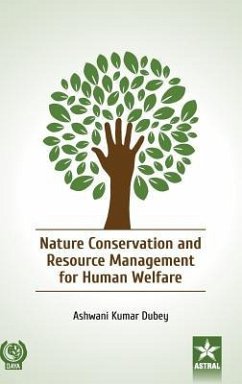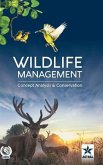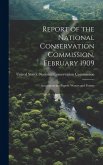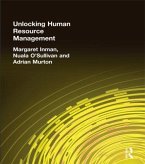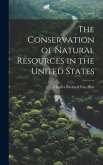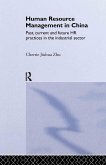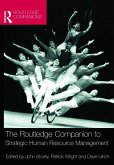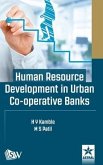The interest of man in nature goes back to his own origin and history. From stone stage to modern atomic age, there has been a drastic change in the demands of man from the nature ranging from food and shelter to timber, fuel, medicines, pulp and a variety of other products. A sudden explosion in human population and multifarious need of man has put the existence of natural resources to a stake. Majority of original natural resources have been reducing to secondary resources with low productivity hence the extent of wild area is also decreased significantly. Earth is the only place in the universe known to sustain life. Humanity's relationship with the biosphere will continue to deteriorate until a new international economic order is achieved, a new environmental ethic adopted, human populations stabilize, and sustainable modes of development become the rule rather than the exception. Among the prerequisites for sustainable development is the conservation of living resources. the management of human use of the biosphere so that it may yield the greatest sustainable benefit to present generations while maintaining its potential to meet the needs and aspirations of future generations. Thus conservation is positive, embracing preservation, maintenance, sustainable utilization, restoration, and enhancement of the natural environment. Living resource conservation is specifically concerned with plants, animals and microorganisms, and with those non-living elements of the environment on which they depend. Living resources have two important properties, the combination of which distinguishes them from non-living resources: they are renewable if conserved; and they are destructible if not.
Hinweis: Dieser Artikel kann nur an eine deutsche Lieferadresse ausgeliefert werden.
Hinweis: Dieser Artikel kann nur an eine deutsche Lieferadresse ausgeliefert werden.

